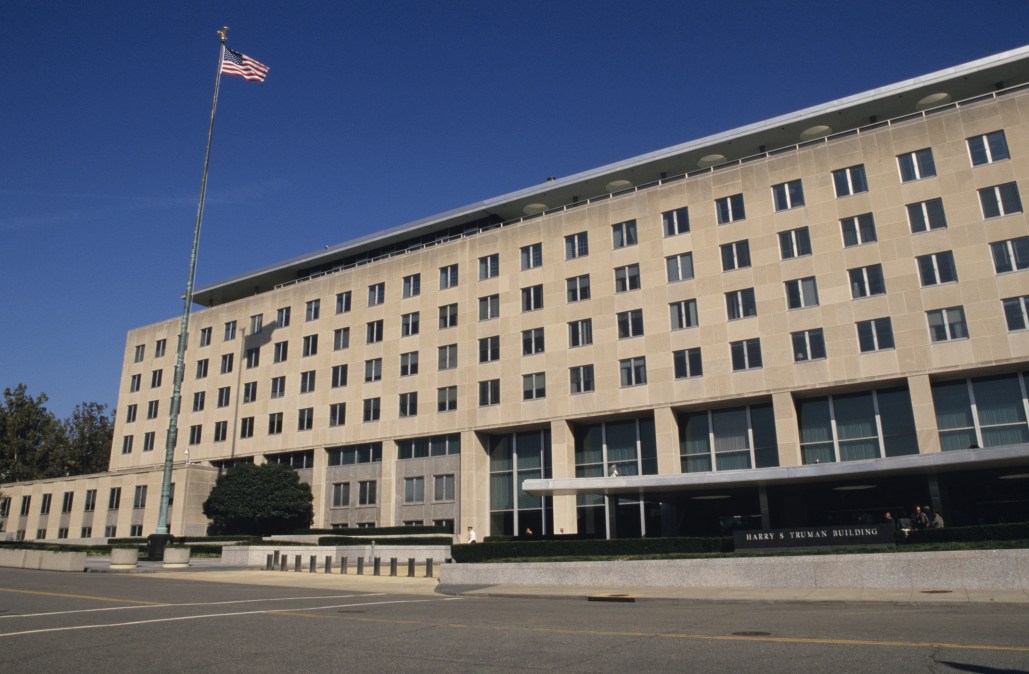State Department’s security procurement division lacks integrated IT for ‘efficient’ contracting

The division that arranges security for the State Department’s domestic and foreign posts lacks integrated financial management and procurement IT systems for efficient contracting, according to its Office of Inspector General.
The IG found State’s Diplomatic Security Contracts Division staff manually enters data on critical security services and supplies, despite it slowing their work and making it difficult to follow internal controls.
Supplies and services DSCD contracts for include protection for State Department employees and facilities, new local guard posts oversees and armored vehicles for embassies.
“The continued lack of a centralized and integrated procurement and acquisitions system designed for acquisitions program management reduces the effectiveness of acquisition planning and management and increases the opportunities for errors,” reads the OIG’s unclassified report released Thursday.
Part of the problem is the Office of Acquisitions Management, of which DSCD is a part, hasn’t completed its analysis of State Department IT architecture to determine where procurement systems can be integrated. Secondly, the Bureau of Administration, of which AQM is a part, hasn’t implemented a knowledge management strategy for managing files on standard operating procedures, contracting templates and policy documents. OIG recommended the bureau do so, to which it agreed.
Lastly, the State Department’s Global Financial Management System (GFMS) and eFiling module of the Integrated Logistics Management System (ILMS) are managed by different bureaus. The Bureau of the Comptroller and Global Financial Services manages GFMS, while the Bureau of Administration’s Office of Logistics Management manages ILMS.
Because integrating the two systems is the bureaus’ responsibility and not DSCD’s, OIG recommended the two bureaus create a schedule of potential systems improvements based on the results of AQM’s completed IT architecture analysis. The Bureau of Administration agreed, and State Department employees told OIG several initiatives were already underway to strengthen systems integration.
DSCD’s IT issues are exacerbated by the fact it’s understaffed. OIG found 11 of 43 positions vacant at the time of its inspection, which created high workloads for employees across the division’s three branches: security, worldwide protective services, and local guard force and anti-terrorism assistance and training (LGF/ATA).
LGF averaged eight contracts per contracting officer (CO) across 105 contracts worth $2 billion, and together one security and one AGA CO handled a combined 91 contracts worth $6.8 billion.
COs struggled to complete contractor performance assessments and contract file management as a result, and the Office of the Procurement Executive hasn’t done a comprehensive staffing analysis for DSCD — though one is planned for fiscal 2021. OIG recommended the Bureau of Administration have OPE conduct the analysis, to which it agreed.
“Without such an analysis, the division’s current staffing and workload situation increases opportunities for mistakes, reduces effectiveness, limits DSCD’s capacity to implement innovative practices, and ultimately reduces the level and quality of AQM’s support to [the Bureau of Diplomatic Security].”






